Prostaglandin drugs
Prostaglandins are a group of active materials which are widely presented inside the body, mediating various kinds of physiological functions in vivo. Gastrointestinal prostaglandins are primarily prostaglandin E (PGE), prostaglandin F (PGF) and prostacyclin (PGI). The content of the prostaglandins in the stomach is very high, and the content in the gastric muscosa was further higher than that in the submucosa layer and muscle layer.
Prostaglandins drug can protect the gastric mucosa, mainly through the following mechanisms:
1. Inhibit the secretion of the gastric acid; the prostaglandins can inhibit gastric acid secretion with the degree of acid suppression being proportional to the applied dose and have inhibitory effect on both the basal and post-stimulation gastric acid secretion.
2. Strongly cytoprotective effect; cytoprotection refers to that prostaglandins have protection effect on the gastric mucosal injury caused by certain hazardous substances. In animal experiments, gastric bleeding, ulcers or necrosis can occur after having animal been subject to large dose of indomethacin and aspirin. Administration of prostaglandins simultaneously or in advance can prevent the formation of bleeding or ulcers, and this effect was in dose-dependent manner. The protective effects of prostaglandin cells are mainly through increasing the synthesis and secretion of gastric mucus; stimulating the secretion of bicarbonate from duodenal epithelium; inhibiting the gastrointestinal secretion of histamine, pentagastrin and gastric acid secretion and antagonizing the effect of contraction of blood vessels from thromboxane A2 and enhancing the cell repair capacity.
Prostaglandin drugs used for the protection of gastric mucosa mainly include cytotec, enprostil, rioprostil, arbaprostil, trimoprostil and rosaprostol, of which only cytotec has been formally applied to clinical practice.
Cytotec (misoprostol) tablets with 200 mg per tablet; the generally recommended dosage is 200 micrograms per time with 4 times per day (orally administrated before meals and at bedtime). At the course of 4 to 8 weeks.
- Structure:
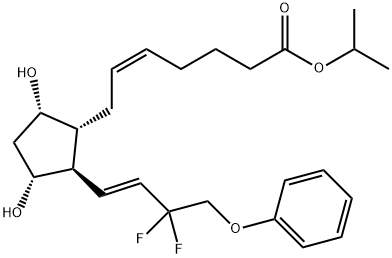
- Chemical Name:Tafluprost
- CAS:209860-87-7
- MF:C25H34F2O5
- Structure:

- Chemical Name:Cabazitaxel
- CAS:183133-96-2
- MF:C45H57NO14
- Structure:
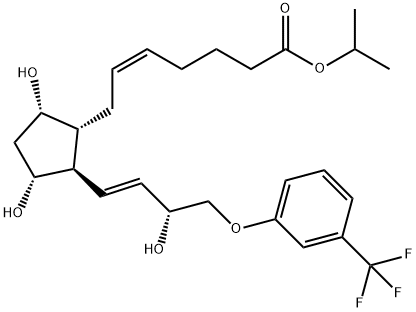
- Chemical Name:Travoprost
- CAS:157283-68-6
- MF:C26H35F3O6
- Structure:
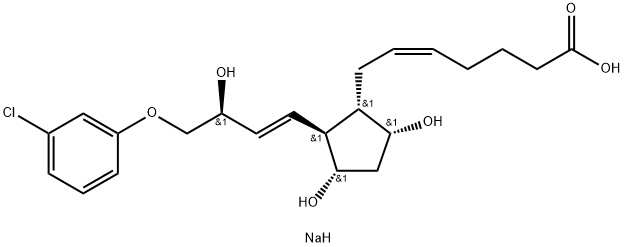
- Chemical Name:(±)-Cloprostenol sodium salt
- CAS:55028-72-3
- MF:C22H30ClNaO6
- Structure:
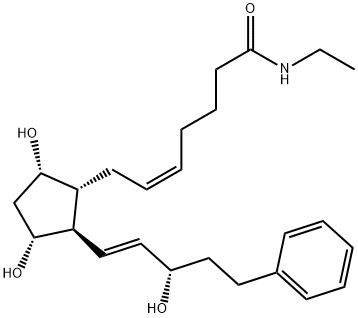
- Chemical Name:Bimatoprost
- CAS:155206-00-1
- MF:C25H37NO4
- Structure:
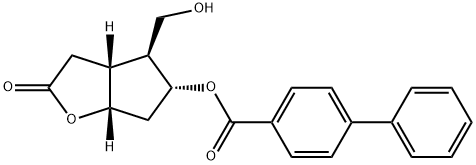
- Chemical Name:(-)-Corey lactone 4-phenylbenzoate alcohol
- CAS:31752-99-5
- MF:C21H20O5
- Structure:
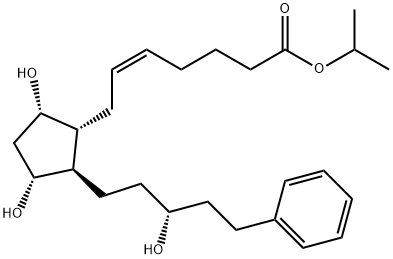
- Chemical Name:Latanoprost
- CAS:130209-82-4
- MF:C26H40O5
- Structure:
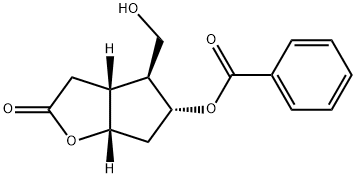
- Chemical Name:(-)-Corey Lactone Benzoate
- CAS:39746-00-4
- MF:C15H16O5
- Structure:
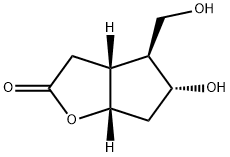
- Chemical Name:(-)-Corey lactone diol
- CAS:32233-40-2
- MF:C8H12O4
- Structure:
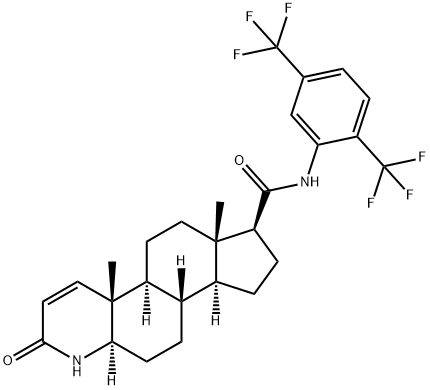
- Chemical Name:Dutasteride
- CAS:164656-23-9
- MF:C27H30F6N2O2
- Structure:
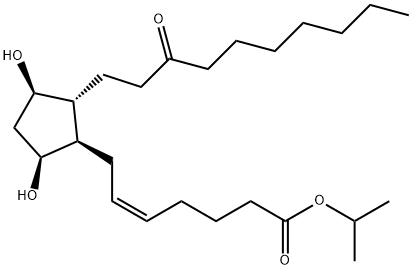
- Chemical Name:Isopropyl unoprostone
- CAS:120373-24-2
- MF:C25H44O5
- Structure:
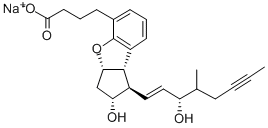
- Chemical Name:Beraprost sodium
- CAS:88475-69-8
- MF:C24H29NaO5
- Structure:
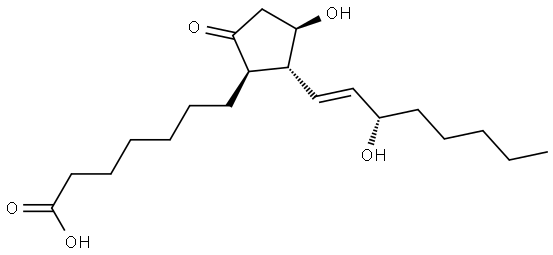
- Chemical Name:Prostaglandin E1
- CAS:745-65-3
- MF:C20H34O5
- Structure:
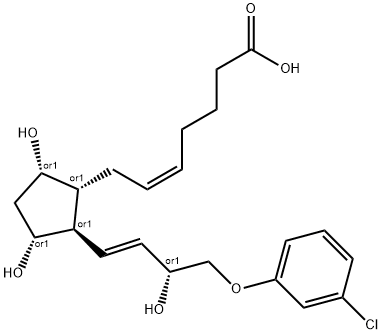
- Chemical Name:CLOPROSTENOL
- CAS:40665-92-7
- MF:C22H29ClO6
- Structure:
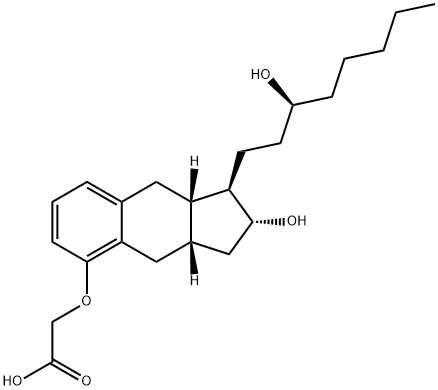
- Chemical Name:REMODULIN
- CAS:81846-19-7
- MF:C23H34O5
- Structure:
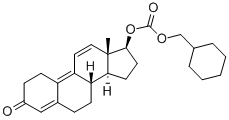
- Chemical Name:Trenbolone cyclohexylmethylcarbonate
- CAS:23454-33-3
- MF:C26H34O4
- Structure:
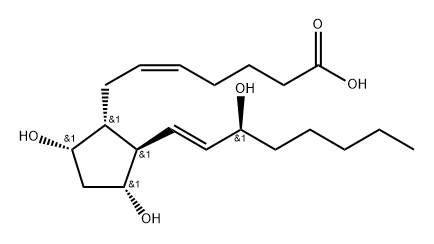
- Chemical Name:Prostaglandin F2a
- CAS:551-11-1
- MF:C20H34O5
- Structure:

- Chemical Name:Iloprost
- CAS:73873-87-7
- MF:C22H32O4
- Structure:
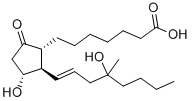
- Chemical Name:Misoprostol Acid
- CAS:112137-89-0
- MF:C21H36O5
- Structure:
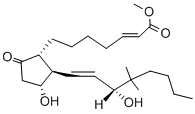
- Chemical Name:gemeprost
- CAS:64318-79-2
- MF:C23H38O5
- Structure:
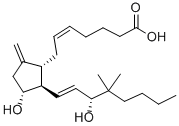
- Chemical Name:9-DEOXY-9-METHYLENE-16,16-DIMETHYL PROSTAGLANDIN E2
- CAS:61263-35-2
- MF:C23H38O4
- Chemical Name:CarboprostMethylate
- CAS:
- MF:
- Structure:
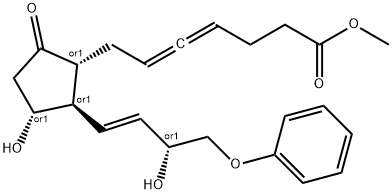
- Chemical Name:ENPROSTIL
- CAS:73121-56-9
- MF:C23H28O6
- Structure:
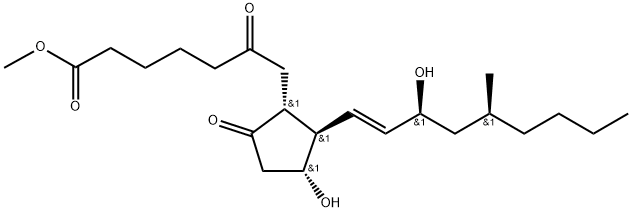
- Chemical Name:ORNOPROSTIL
- CAS:70667-26-4
- MF:C23H38O6
- Structure:
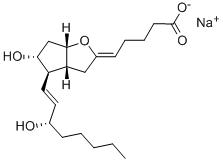
- Chemical Name:Epoprostenol
- CAS:35121-78-9
- MF:C20H32O5
- Structure:
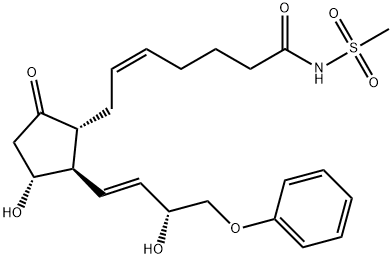
- Chemical Name:Sulprostone
- CAS:60325-46-4
- MF:C23H31NO7S
- Structure:
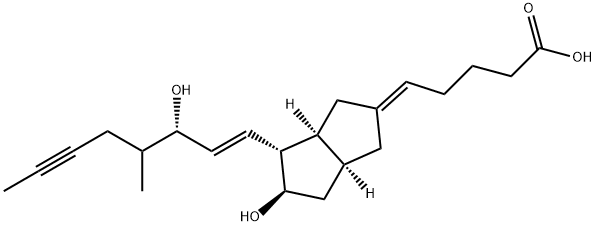
- Chemical Name:ILOPROST
- CAS:78919-13-8
- MF:C22H32O4
- Structure:
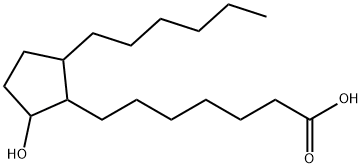
- Chemical Name:ROSAPROSTOL
- CAS:56695-65-9
- MF:C18H34O3
- Structure:
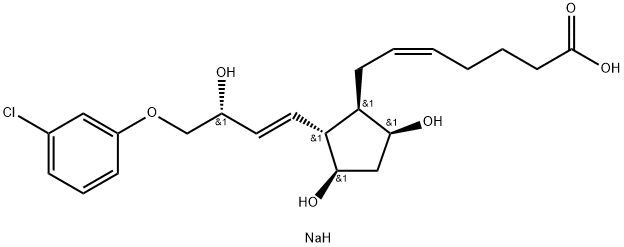
- Chemical Name:(+)-Cloprostenol sodium
- CAS:62561-03-9
- MF:C22H30ClNaO6
- Structure:
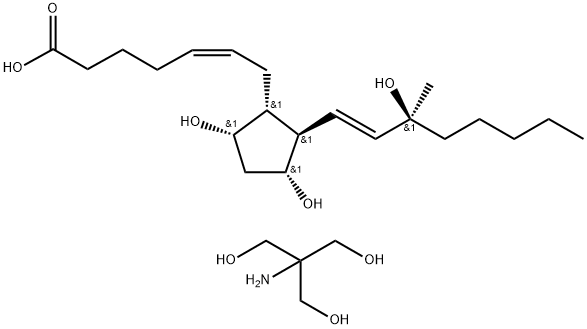
- Chemical Name:Carboprost tromethamine
- CAS:58551-69-2
- MF:C25H47NO8
- Structure:
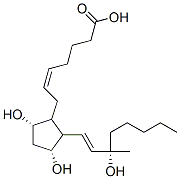
- Chemical Name:Carboprost
- CAS:35700-23-3
- MF:C21H36O5
- Structure:

- Chemical Name:Misoprostol
- CAS:59122-46-2
- MF:C22H38O5
- Structure:
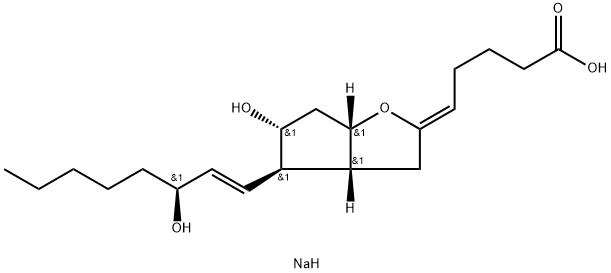
- Chemical Name:PROSTACYCLIN SODIUM SALT
- CAS:61849-14-7
- MF:C20H33NaO5
- Structure:
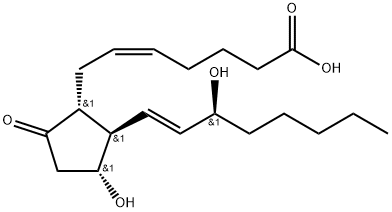
- Chemical Name:Prostaglandin E2
- CAS:363-24-6
- MF:C20H32O5
- Structure:
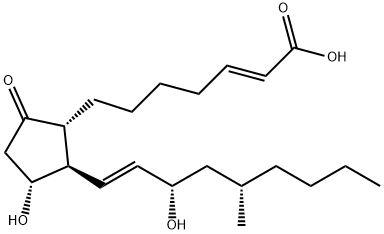
- Chemical Name:LIMAPROST
- CAS:74397-12-9
- MF:C22H36O5